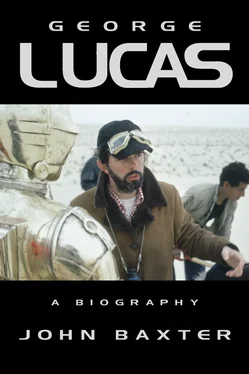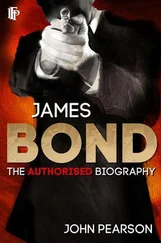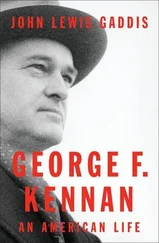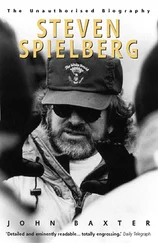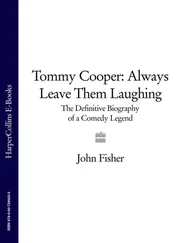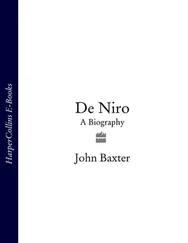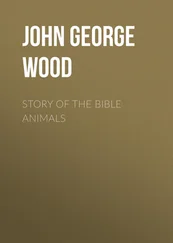But old friends like Gary Kurtz, Lucas’s one-time producer, watched with growing alarm as this vision metamorphosed into something closer to the private empire of Howard Hughes. ‘As the bureaucracy got bigger and bigger,’ says Kurtz, ‘George seemed to vacillate back and forth between wanting to control everything absolutely, make all the decisions himself, and being too busy to be bothered. He was busy working on his writing and other creative things, and he left his managers to deal with all that. Then he would come back in and want to be in control again, and that kept going back and forth a lot. Frustrating for a lot of people.’
That Lucas regarded the ranch as his monument became clear when, at the 1982 cook-out, a time capsule was ritually interred under the Main House, containing relics of what he hoped would become known as the Lucas Era. They included a microfilmed list of every member of the Star Wars Fan Club. He also called in Eric Westin, the designer of Disneyland, to manage the estate.
He hired helpers like Jane Bay. Once secretary to Mike Frankovich, head of Columbia pictures, and later assistant to Californian governor Jerry Brown, Bay was just the sort of management professional Lucas might have been expected to avoid. Shortly after, investment banker Charles Weber became president and chief operating officer of Lucasfilm. He imported studio veterans like Sidney Ganis as his deputies, driving out some of those who had been with Lucas through the long and painful gestation of Star Wars . Since then, Lucas had taken back control of the company, dispensing with Weber and appointing himself chairman of the board. ‘Critical observers feel, however,’ commented the Los Angeles Times tartly, ‘that if Lucas goes too far out of the Hollywood mainstream, he may end up chairman of the bored.’
These days, Lucas spent his days in a small house on the estate with his three adopted children, only visiting the Main House on semi-ceremonial occasions. Security at the ranch had increased. ‘The last thing we want,’ said Lucas in justification of the fencing and electronic surveillance, ‘is people driving up and down the road saying, “They made Star Wars here.”’ He hated being interviewed or photographed. ‘I am an ardent subscriber to the belief that people should own their own image,’ he said, ‘that you shouldn’t be allowed to take anybody’s picture without their permission. It’s not a matter of freedom of the press, because you can still write about people. You can still tell stories. It just means you can’t use their image, and if they want you to use their image, then they’ll give you permission.’
His public pronouncements had come to have overtones of the messianic. In 1981, breaking ground on the new USC Film School, to which he contributed $4.7 million, he lectured the audience on their moral shortcomings: ‘The influence of the Church, which used to be all-powerful, has been usurped by film. Films and television tell us the way we conduct our lives, what is right and wrong. There used to be a Ten Commandments that film had to follow, but now there are only a few remnants, like a hero doesn’t shoot anybody in the back. That makes it even more important that film-makers get exposed to the ethics of film.’
By 1 p.m., most of the guests had arrived and were assembled on the lawn in front of the Main House. At his first cook-out, in 1980, Lucas took the opportunity to hand bonuses to everyone who’d worked with him that year, down to the janitors. Actors and collaborators were given percentage points in his films, and he exchanged points with old friends like Steve Spielberg and John Milius. Overnight, actors like Sir Alec Guinness became millionaires.
There was nothing of that informality and generosity in the cook-out today. Replacing it was something closer to a royal garden party, or the rare personal appearance of a guru. Softly-spoken staff chivvied the guests into roped-off areas, leaving wide paths between.
‘George will be coming along these lanes,’ they explained. ‘You’ll have a good chance to see him. If you just move behind the ropes, and please stay in your designated area …’
Old friends exchanged significant glances; evidently George shunned physical contact as much as ever. Hollywood mythology also enshrines the moment when Marvin Davis, the ursine oilman who bought Twentieth Century-Fox in the eighties, met Lucas and, overcome with appreciation, picked him off his feet and hugged him. Lucas, it’s said, ‘turned red, white and blue.’
A moment after his acolytes had passed through the crowd, the host emerged onto the verandah of the Main House. Flanked by his trusted inner group, he moved to the top of the steps and stood expressionless just out of the early-afternoon sun.
It looked like the old George. Grayer, of course, and plumper, but still in the unvarying uniform of plaid shirt, jeans, and sneakers, draped over the same short body.
John Milius was a connoisseur of excess. He had penned Colonel Kilgore’s speech ‘I love the smell of napalm in the morning. It smells like … victory,’ in Apocalypse Now ; Robert Shaw’s reminiscence in Jaws of the USS Philadelphia going down off Guadalcanal, and the slaughter of its survivors by sharks; the bombast of Arnold Schwarzenegger in Conan the Barbarian .
‘I remember one time I was with Steven and Harrison Ford,’ Milius recalled. ‘These people were coming around and saying, “You can be in this line, and you’ll be able to see George if you’re over here,” and moving us around.’
On that occasion, Milius’s mind had flashed to other examples of the cult of personality. Preacher Jim Jones in Guyana, for instance, and those shuddering TV images of bloated bodies fanning out from the galvanized washtubs from which they’d dipped up their last drink of sugar water and strychnine. ‘If George gets up there and starts offering Kool Aid,’ Milius muttered to Ford and Spielberg, ‘I’m bailing out.’
They all laughed, but nobody else around them was smiling. They were all staring with an almost hungry intensity as the frail man in the plaid shirt, jeans, and sneakers moved toward them.
If there is a bright centre to the universe, this is the place that’s furthest from it.
Luke Skywalker, on Tatooine, his home planet, in Star Wars
There is no easy way into Modesto – nor, for that matter, any easy way out.
Most people approach from the south, up Interstate 5, toughing out the flat emptiness of the San Joaquin, the ‘long valley’ John Steinbeck made famous in his stories of rural life in the twenties and thirties. Then, as now, this was fruit and vegetable country, the kitchen garden of California. Orchards, geometric patches of dense, dark foliage, interlock with fields of low, anonymous greenery which only a farmer would recognize as hiding potatoes, beets, beans. Occasionally, some town raises a banner against mediocrity – ‘ Castroville, Artichoke Capital of the World! ’ – but the norm is self-effacement, reticence, reserve.
Zigzagging among the fields, a great irrigation canal, wide as a highway, delivers water from lakes set back in the hills. No boats move on its surface, no kids fish from the concrete banks, no families picnic on its gravelled margins. This water, fenced off from the fields and the highway behind chain link, isn’t for leisure but, like everything else here, for use.
Modesto sits on almost the same parallel of latitude as San Francisco, but there any similarity ends. Californian or not, this is a Kansas town set down twelve hundred miles west. Even more than for most places in California, the people here are relative newcomers, migrants from the midwest and the south who fled the dust storms of the twenties and the farm foreclosures that followed.
Читать дальше
